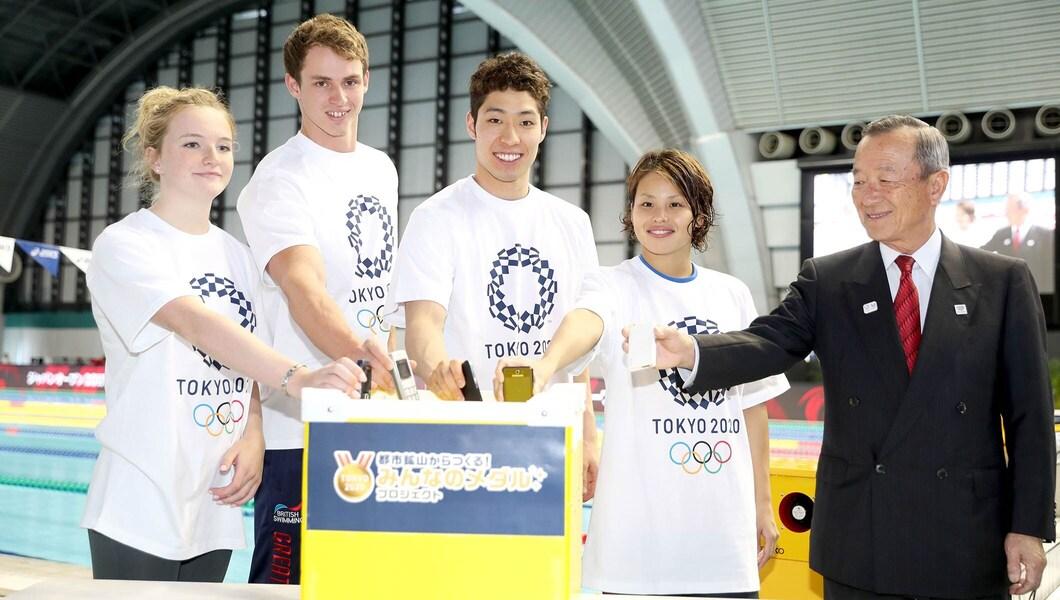Tokyo 2020 Highlights the Possibilities for a Circular Economy

International Olympic Committee
As the first athletes receive their medals on the podiums, they will be pushing boundaries in other ways too. For the first time ever, both the Olympic medals and the podiums which athletes stand on have been produced using 100% recycled materials.
Organisers of Tokyo 2020 are using the Games – and their immense visibility – as an opportunity to showcase new ideas and innovative technologies. This includes the concept of a circular economy, in which waste and pollution are reduced while products and materials are reused and recycled. A circular economy is the opposite of an economy which uses resources and disposes of them as waste.
“The Games are one of the world’s most widely televised events, and they offer an excellent chance to demonstrate sustainable solutions,” says Marie Sallois, IOC Director for Corporate and Sustainable Development. “With its emphasis on the circular economy and sustainability, Tokyo 2020 is setting an example to the world of what can be achieved now and in the future.”
In order to make the 5,000 gold, silver and bronze Tokyo 2020 medals, precious metals were extracted from small electronic devices contributed by people all over Japan. Japanese citizens also donated plastic waste for the production of the Tokyo 2020 podiums, part of an initiative with Worldwide Olympic Partner P&G. Even the Olympic torch was produced using aluminium from temporary housing built in the aftermath of the 2011 Great East Japan Earthquake.
The promotion of a circular economy goes further. Organisers expect to reuse or recycle 99 per cent of all the items and goods procured, and to reuse or recycle 65 per cent of all waste.
Buy less, waste less
By hiring equipment rather than buying it, Tokyo 2020 has further reduced the manufacturing of goods and waste. Some 65,000 computers, tablets and other IT and consumer appliances, as well as 19,000 office desks, chairs and other fixtures, will be used and then passed on.
As part of a wider move to reduce the amount of Olympic construction, just eight of the 43 Olympic competition venues have been built from scratch. Some 25 existed before the Games, and 10 are temporary. This has significantly cut the emissions of the Games.
Local governments donated a total 40,000 pieces of timber to build the Olympic Village Plaza, for example, and when the Games are finished, the wood will be returned and used elsewhere.
Besides reducing waste, Tokyo 2020 will also remove it. Two ocean devices called Seabins are moored in Tokyo’s harbour to collect plastic waste from the sea.
“The Tokyo 2020 Urban Planning and Sustainability Commission has always championed the Tokyo 2020 Games as a model for showcasing a sustainable society, with its range of initiatives including medals created from urban mines and podiums made from recycled plastic,” said Tokyo 2020 Urban Planning and Sustainability Commission Chairperson Komiyama Hiroshi. “We have continued with these efforts even after the postponement of the Games, and one of the legacies of these Games will be that they have prompted us to think about what a sustainable society is and how our individual actions can change to help achieve it.”

